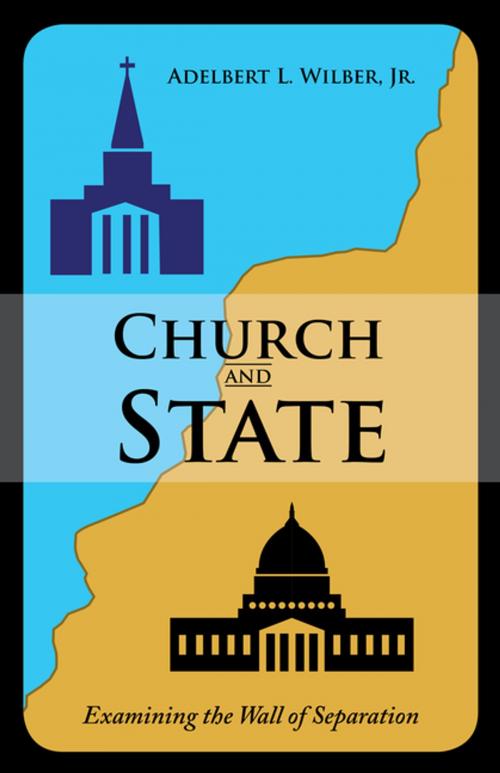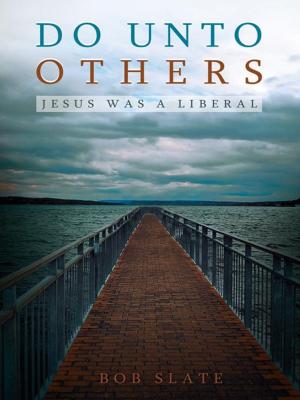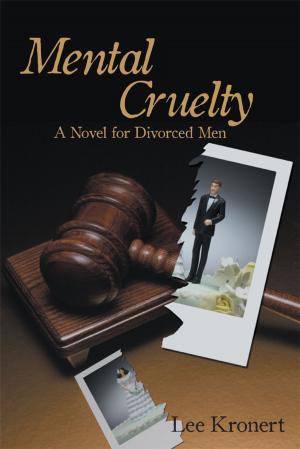Church and State
Examining the Wall of Separation
Nonfiction, Religion & Spirituality, Christianity, Church, Church & State, Christian Life| Author: | Adelbert L. Wilber Jr. | ISBN: | 9781973617976 |
| Publisher: | WestBow Press | Publication: | February 28, 2018 |
| Imprint: | WestBow Press | Language: | English |
| Author: | Adelbert L. Wilber Jr. |
| ISBN: | 9781973617976 |
| Publisher: | WestBow Press |
| Publication: | February 28, 2018 |
| Imprint: | WestBow Press |
| Language: | English |
Church and State examines the wall of separation Thomas Jefferson spoke of in his letter to the Danbury Baptist Association in 1802 to answer a letter from them written in October 1801. The Danbury Baptists were a religious minority in Connecticut, and they complained that in their state, the religious liberties they enjoyed were not seen as immutable rights, but as privileges granted by the legislatureas favors granted. Jeffersons reply did not address their concerns about problems with state establishment of religiononly of establishment on the national level. The letter contains the phrase wall of separation between church and state, which led to the shorthand for the Establishment Clause that we use today: separation of church and state.
The Jeffersonian view has been contentious, to say the least; a great many scholars and politicians have tried to comprehend Jeffersons true meaning, extending his viewpoint in later judicial and legislative decisions. Strong feelings expressed by clergy, statesmen, and politicians have created a strong theistic undertow in Constitutional Law that has seen attacks on Christianity and Judaism increase since the Clinton Administration and culminating into a cacophony of anti-theistic rhetoric under the Obama Administration. With the election of President Trump, we must look back to see the original intent of our founding fathers, take a snapshot of the current state of separation, and peer into the future to see if the balance between politics and religion can be sustained.
Church and State examines the wall of separation Thomas Jefferson spoke of in his letter to the Danbury Baptist Association in 1802 to answer a letter from them written in October 1801. The Danbury Baptists were a religious minority in Connecticut, and they complained that in their state, the religious liberties they enjoyed were not seen as immutable rights, but as privileges granted by the legislatureas favors granted. Jeffersons reply did not address their concerns about problems with state establishment of religiononly of establishment on the national level. The letter contains the phrase wall of separation between church and state, which led to the shorthand for the Establishment Clause that we use today: separation of church and state.
The Jeffersonian view has been contentious, to say the least; a great many scholars and politicians have tried to comprehend Jeffersons true meaning, extending his viewpoint in later judicial and legislative decisions. Strong feelings expressed by clergy, statesmen, and politicians have created a strong theistic undertow in Constitutional Law that has seen attacks on Christianity and Judaism increase since the Clinton Administration and culminating into a cacophony of anti-theistic rhetoric under the Obama Administration. With the election of President Trump, we must look back to see the original intent of our founding fathers, take a snapshot of the current state of separation, and peer into the future to see if the balance between politics and religion can be sustained.















